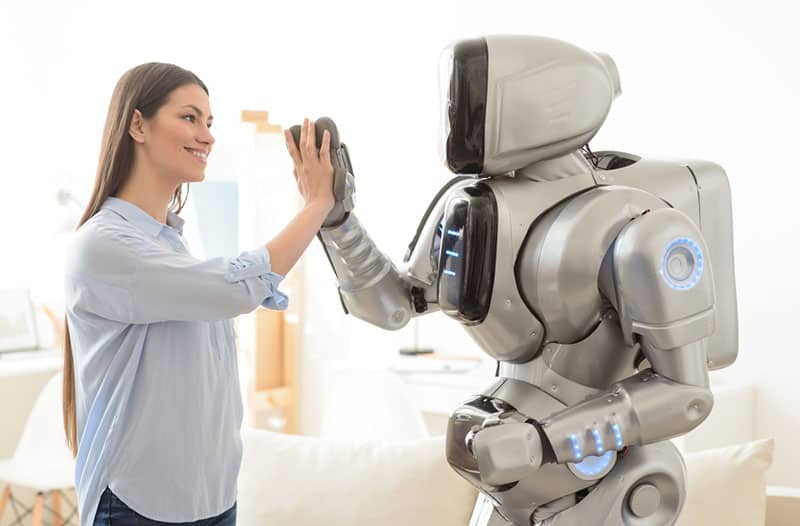We all know that robots are increasingly becoming a staple in our society, helping us with everything from manufacturing and construction to retail and healthcare. But what about emotional support robots?
Also known as companion robots, these machines are designed to provide companionship and social interaction to people who are isolated or lonely. And while they may not be able to replace human relationships, they can offer some much-needed emotional support. These machines can provide social interaction, and a sense of connection, and they soon are probably going to be the all-time favorite of robots in the future, just like the slots online is.
Paro the Therapeutic Robot
One of the most popular emotional support robots is Paro the Therapeutic Robot, a seal-like machine that responds to touch, sound, light, and it can learn to respond to its owner’s voice and preferences.
It is a robot seal designed to provide comfort and companionship to people in hospitals, nursing homes, and other care facilities.
Paro has been shown to have a number of benefits for people in care settings, including reducing anxiety and loneliness, promoting social interaction, and improving communication and motor skills. Paro has even been shown to help reduce the use of antipsychotic medication in some people with dementia.
If you’re looking for a furry friend to help brighten your day, Paro the Therapeutic Robot may be just what you need.
Moxi
Powered by artificial intelligence and equipped with an adorable face, Moxi is a robot designed to provide companionship and assistance to seniors in long-term care facilities.
Moxi can help with tasks like delivering messages, providing reminders, and leading group activities. She can also provide social and emotional support, engaging in conversations and helping to reduce feelings of loneliness and isolation.
Designed by Robotical, a UK-based company, Moxi is currently being piloted in a number of care homes in the UK and US. The goal is to provide residents with a friendly and helpful companion, and to help staff with tasks like providing reminders and leading group activities.
Moxi is just one example of the growing trend of robots being used in senior care. Robots are increasingly being seen as a way to provide companionship and assistance to seniors, and to help staff with tasks like leading activities and providing reminders.
While Moxi is still in the early stages of development, she shows promise as a robot companion for seniors. As the population of seniors continues to grow, robots like Moxi may become increasingly common in long-term care facilities.
If you’re feeling lonely or isolated, an emotional support robot may be able to help. These machines can provide companionship, social interaction, and a sense of connection.
Robin the Robot
In a world where children are constantly inundated with technology, it’s no surprise that some of the latest and greatest gadgets are being developed with them in mind. One such example is Robin, the research-based child-friendly emotional support robot.
Designed by the Armenian “Expper Technologies” company, Robin is a small, white robot with a big heart. Co-founder, Karen Khachikyan says the goal of the team was not to create another technological device, but a reliable friend for the children.
He’s equipped with a number of sensors and cameras, which allow him to interact with and respond to his surroundings. Robin is designed to provide children with emotional support and companionship.
In addition to his emotional support capabilities, Robin is also a great educational tool. He can help children with learning and memory, and can even teach them basic coding skills.
So far, Robin has been well-received by both children and adults. He’s been featured in a number of international media outlets, and has even been recognized as the best innovation of 2021 by TIME magazine.

